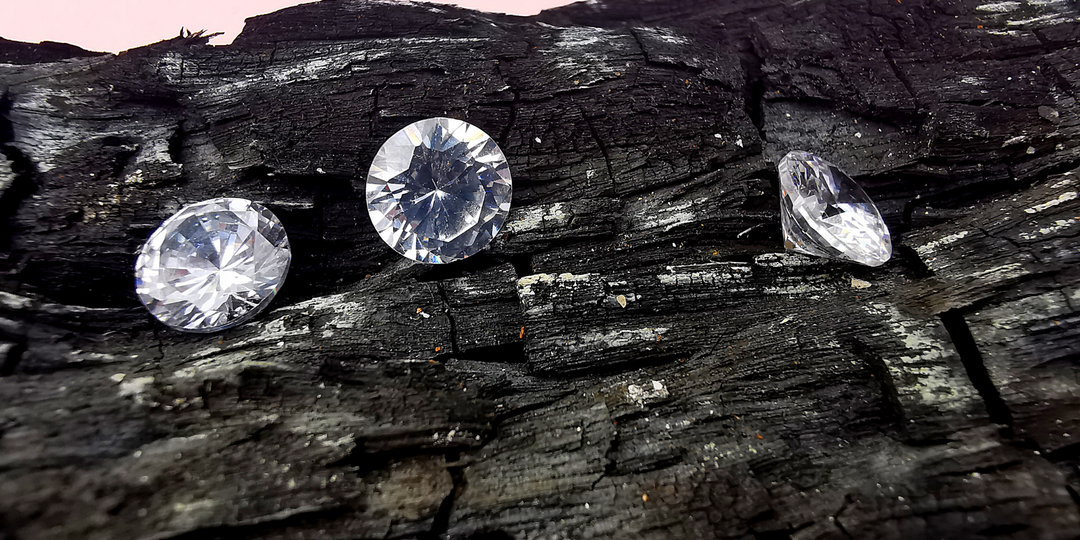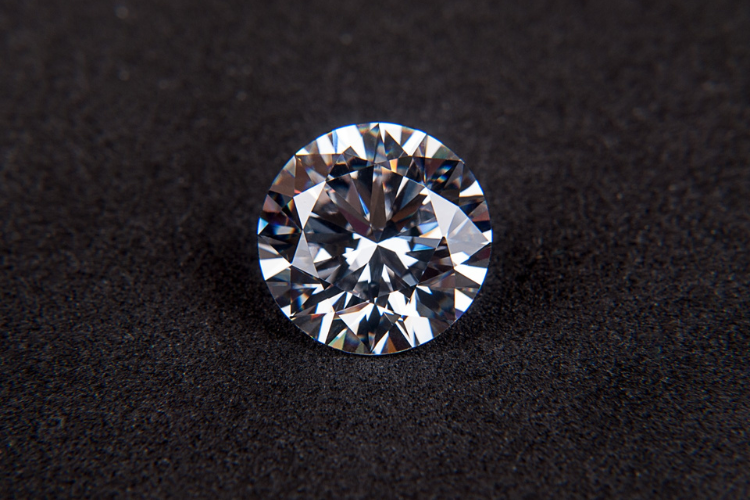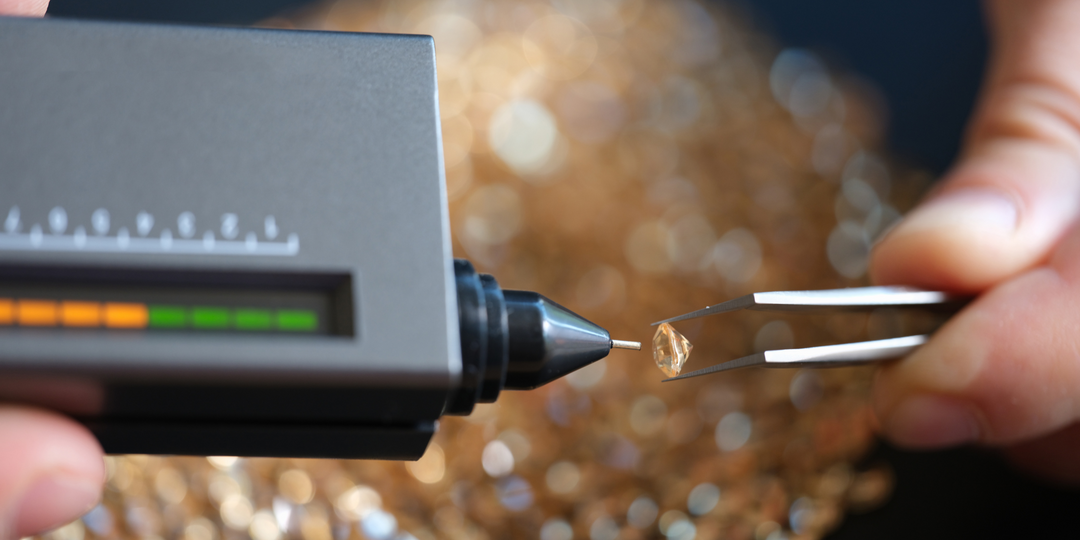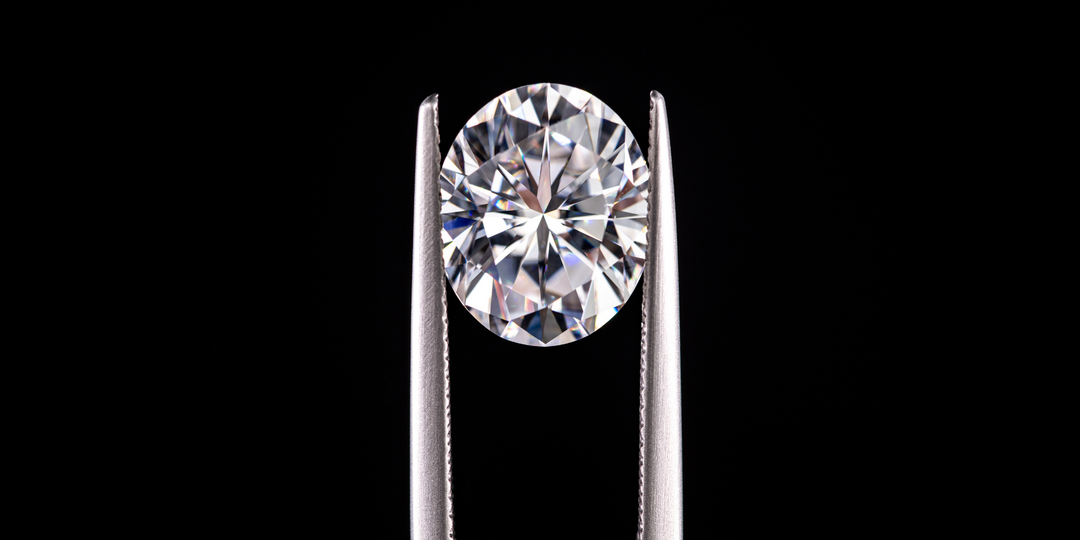What Makes a Diamond Sparkle The Most?

Diamonds have a way of capturing attention like nothing else, but their beauty isn’t just skin deep; it’s a symphony of science, artistry, and precision. Every time you see a diamond glimmer under the light, what you’re witnessing is the result of centuries of knowledge about how light interacts with materials.
The facets of a diamond act almost like tiny mirrors, bouncing light around in a way that creates its signature brilliance. Yet, not every diamond performs this dance of light equally well. Some stones seem to glow from within, while others appear flat or lifeless.
Understanding these nuances doesn’t just deepen your appreciation for diamonds but it also helps you make smarter choices when selecting one. After all, a diamond isn’t just a gem; it’s a masterpiece shaped by both nature and human skill.
The Science Behind Diamond Sparkle

To understand why diamonds sparkle, we need to look at how light interacts with them. When light enters a diamond, it doesn’t just pass through like it would with glass. Instead, it bends, reflects, and splits into colors. This happens because diamonds have a high refractive index, which means they slow down light and change its direction.
Here’s how it works step by step:
- Light Enters the Diamond: When light hits the surface of a diamond, some of it reflects immediately, creating what’s called “surface brilliance.”
- Light Bends Inside: The rest of the light enters the diamond and bends due to its high refractive index.
- Light Reflects Internally: The light bounces around inside the diamond, hitting the facets (the flat surfaces) and reflecting multiple times.
- Light exits the Diamond: Finally, the light exits the diamond through the top, creating flashes of brightness and color.
This entire process is what gives diamonds their signature sparkle, also known as “fire” and “brilliance.” Fire refers to the rainbow-colored flashes, while brilliance is the white light that reflects.
Cut: The Most Important Factor for Sparkle
If you’ve ever heard the phrase “cut is king” in the diamond world, it’s true. The cut of a diamond determines how well it interacts with light. A well-cut diamond will sparkle intensely, while a poorly cut one will look dull, even if it’s flawless in other ways.
What Makes a Good Cut?
A diamond’s cut isn’t just about its shape (like round or oval). It’s about the proportions, symmetry, and polish. Here’s why these matter:
- Proportions: The angles and dimensions of the diamond affect how light travels through it. If the cut is too shallow or too deep, light will escape from the sides or bottom instead of reflecting back to your eye.
- Symmetry: A symmetrical diamond ensures that light is evenly distributed, creating a balanced sparkle.
- Polish: A smooth surface allows light to enter and exit the diamond without scattering.
The Gemological Institute of America (GIA) grades diamond cuts on a scale from Excellent to Poor. For maximum sparkle, aim for a cut grade of Excellent or Very Good.
How Light Performance Affects Diamond Sparkle
Light performance is a term used to describe how effectively a diamond handles light. It’s a combination of brilliance, fire, and scintillation (the sparkle you see when the diamond moves).
Factors That Influence Light Performance
- Facet Arrangement: The number and arrangement of facets play a big role. Round brilliant cuts, for example, have 57 or 58 facets designed to maximize light return.
- Depth and Table Percentage: These measurements affect how light enters and exits the diamond. Ideal proportions vary by shape, but they’re crucial for optimal light performance.
- Crown and Pavilion Angles: The crown is the top part of the diamond, and the pavilion is the bottom. The angles of these sections determine how light reflects inside the diamond.
When shopping for a diamond, ask for a light performance report or images that show how the diamond handles light. This can give you a better idea of its sparkle potential.
Clarity and Its Role in Diamond Sparkle
Clarity refers to the presence of internal flaws (inclusions) and surface blemishes. While clarity is important, it’s not the biggest factor in sparkle. Here’s why:
How Clarity Affects Sparkle
- Inclusions Can Block Light: Large or numerous inclusions can interfere with light as it travels through the diamond, reducing its brilliance.
- Surface Blemishes Can Scatter Light: Scratches or nicks on the surface can disrupt the way light enters and exits the diamond.
However, most inclusions are microscopic and don’t significantly impact sparkle. For this reason, you don’t need a flawless diamond to get maximum sparkle. A clarity grade of VS1 or VS2 (very slightly included) is usually sufficient.
Diamond Color and Its Influence on Sparkle
Diamond color is graded on a scale from D (colorless) to Z (light yellow or brown). While color doesn’t directly affect sparkle, it can influence how the sparkle is perceived.
Why Color Matters?
- Colorless Diamonds Reflect More Light: A diamond with less color allows more light to pass through, enhancing its brilliance.
- Tinted Diamonds Can Mask Sparkle: Diamonds with noticeable color may appear less bright because the tint absorbs some light.
For the best sparkle, aim for a diamond in the near-colorless range (G to J). These diamonds offer excellent value and still look bright to the naked eye.
Best Diamond Cuts for Maximum Sparkle
Not all diamond shapes sparkle the same way. Some cuts are specifically designed to maximize light performance. Here are the top choices:
- Round Brilliant: The most popular cut, with 57 or 58 facets arranged to create unmatched sparkle.
- Princess Cut: A square-shaped diamond with sharp corners and excellent light return.
- Cushion Cut: A vintage-style cut with large facets that create a soft, glowing sparkle.
- Oval Cut: An elongated shape that combines brilliance with a unique, elegant look.
- Emerald Cut: It might not be the sparkliest, but its step-cut facets create a stunning hall-of-mirrors effect that’s mesmerizing.
Each cut has its charm, so choose one that matches your style.
How to Choose a Sparkling Diamond
Now that you know the factors that affect sparkle, here’s a step-by-step guide to choosing the perfect diamond:
- Set a Budget: Determine how much you’re willing to spend. Remember, cut quality should be your top priority.
- Choose a Shape: Pick a shape that appeals to you. Round brilliant is the safest choice for maximum sparkle.
- Focus on Cut Quality: Look for a cut grade of Excellent or Very Good.
- Check Clarity and Color: Aim for VS1/VS2 clarity and G-J color for the best balance of quality and value.
- Review Light Performance: Ask for images or videos that show the diamond’s sparkle in different lighting conditions.
- Verify Certification: Ensure the diamond comes with a grading report from a reputable lab like GIA or IGI.
Conclusion
A diamond’s sparkle is the result of a perfect combination of factors, with cut being the most important. By understanding how light interacts with a diamond and what to look for in terms of cut, clarity, and color, you can choose a diamond that truly shines. Whether you’re shopping for an engagement ring or a special gift, these tips will help you find a diamond that captures the light and your heart.
Remember, the best diamond isn’t always the biggest or most expensive one. It’s the one that sparkles the most and brings you joy every time you look at it.




